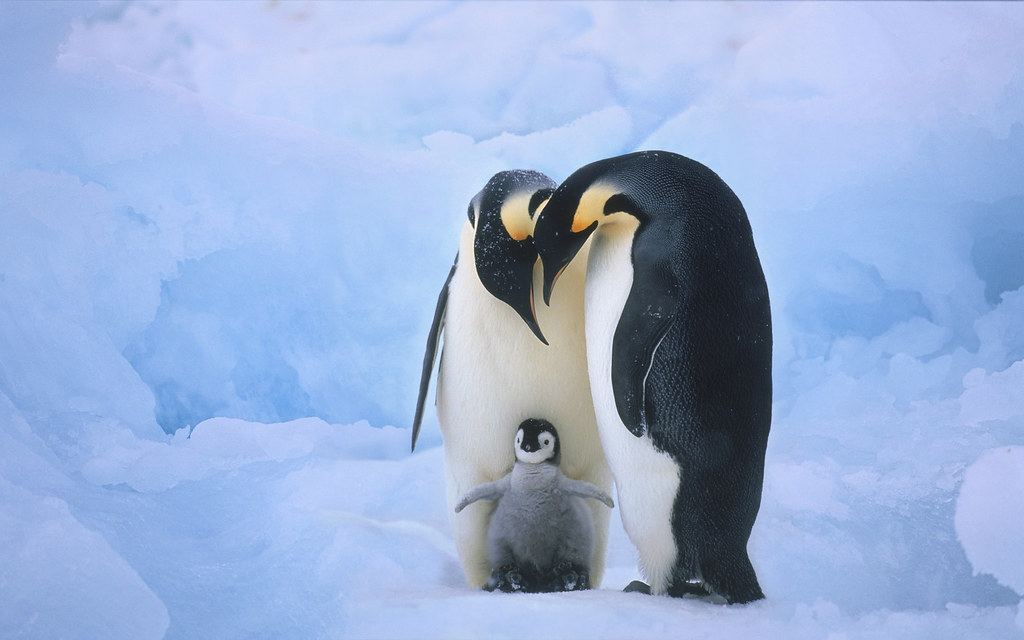 |
| [Source] |
The largest of the world’s 17 species of penguin, the majestic Emperor of Antarctica, raises its young on the hard sea-ice of Antarctica huddled together against the biting winter winds. In a display of paternal instinct uncommon in the animal world, this intensely arduous task is performed by the Emperor males alone while the females stock up on food for a spring-time return.
The "Emperors of Antarctica" expeditions aboard the icebreaker Kapitan Khlebnikov, offer adventurers the rare opportunity to visit the Emperor Penguin colonies in the Ross Sea before the fledglings leave for the open ocean.
Dr Kirsten le Mar, a naturalist who has worked for several years on Adventure Associates’ voyages, has studied Emperors in detail.
“The male Emperor Penguin is virtually abandoned by the female after the single egg is laid. He is left alone for the 70-day incubation period during the dark and bitterly cold winter months, going completely without food for this period, the male feeds the newly-hatched chick with thin regurgitated “milk”.
“The female, gorged with squid and fish, returns soon after the chick has hatched and relieves the exhausted, emaciated male who must now walk and “toboggan" over the one hundred kilometres or so of frozen wasteland before he can reach the sea to feed. This meal will be his first for about six months and the ordeal is costly, leading to a higher mortality rate amongst the doting fathers, than the females.”
The females occasionally fail to return from this dangerous quest, falling prey to Orcas or leopard seals. The male is then faced with the heart-breaking decision of having to abandon his chick before he himself starves to death.
The surviving young chicks grow slowly at first, taking on their distinctive black and white plumage around the head that gives them a great deal of appeal to observers and photographers. At about seven weeks of age, the young huddle together in crèches for warmth while the parents search for food to satisfy their hungry little ones.
With the approach of summer, the ice breaks up, bringing the open ocean closer to the colony. It is during this time that most shipboard visitors arrive and many chicks are well advanced and the first are beginning to moult.
By January the young are ready to fend for themselves and head out independently to the open ocean, saying goodbye to their devoted parents forever.



